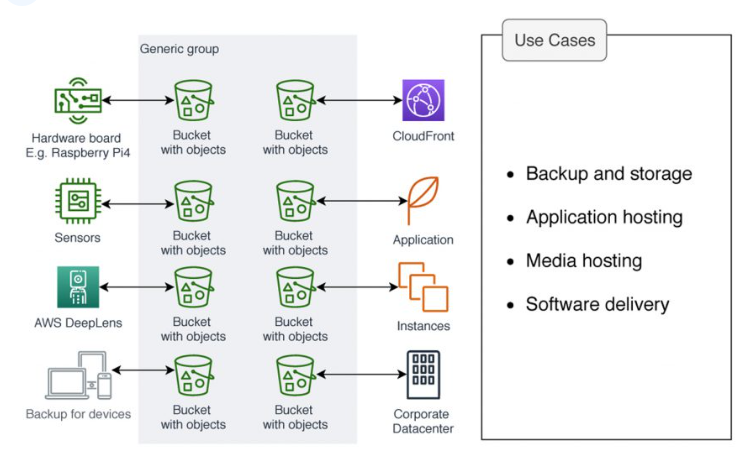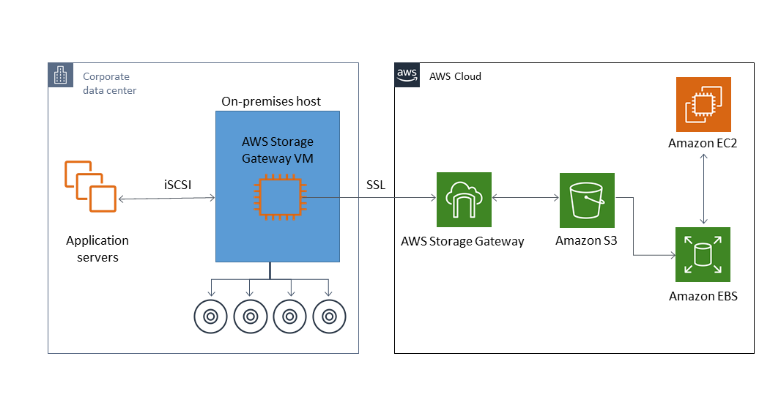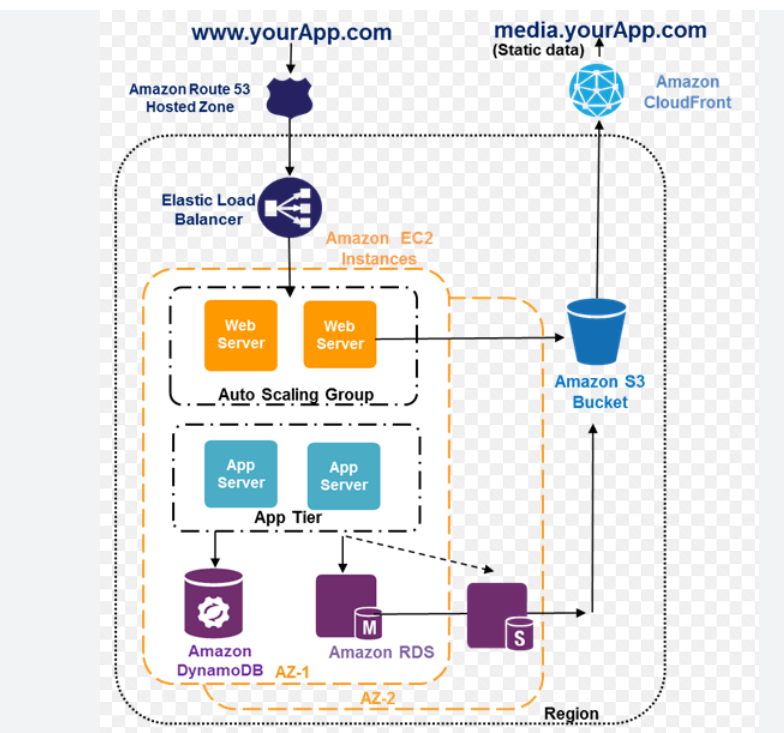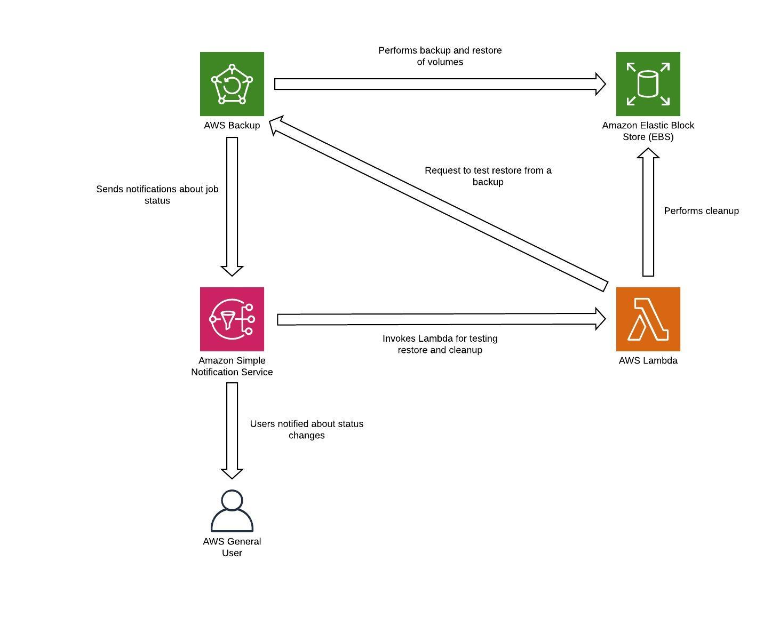Section 1.3 Business Use Cases and Benefits of Amazon S3
Introduction
Amazon Simple Storage Service (Amazon S3) is an object storage service offering industry-leading scalability, data availability, security, and performance. Businesses of all sizes and sectors have leveraged S3 for various use cases due to its flexibility and broad feature set.

Business Use Cases of Amazon S3
1. Data Backup and Recovery
- Scenario: Safeguarding business data against accidental deletions, system failures, and disasters.
- Application: Storing backup copies of critical data, enabling rapid recovery.

Please refer to the offical website :Backup and recovery from on-premises infrastructure to AWS – AWS Prescriptive Guidance (amazon.com)
2. Website Hosting
- Scenario: Hosting static websites or web assets like images, videos, and stylesheets.
- Application: Using S3 for reliable, scalable, and cost-effective web hosting.

- Please check the official website how to deploy the static website on s3 bucket :Use Amazon S3 website hosting to host without a single web server – Hosting Static Websites on AWS
3. Application Data Storage
- Scenario: Storing data for web, mobile, and enterprise applications.
- Application: S3 serves as a repository for user-generated content, logs, or any other application data.

4. Big Data Analytics
- Scenario: Managing large volumes of data for analytics purposes.
- Application: Storing and analyzing big data sets using S3 in conjunction with other AWS analytics services.

Please find the how to implement on the Bigdata analytics using aws s3 :Run a data processing job on Amazon EMR Serverless with AWS Step Functions | AWS Big Data Blog
5. Disaster Recovery
- Scenario: Implementing a disaster recovery plan to maintain business continuity.
- Application: Storing critical data across multiple geographically diverse regions.

Please find the how to implement the disaster recovery plan on s3 :Disaster recovery options in the cloud – Disaster Recovery of Workloads on AWS: Recovery in the Cloud (amazon.com)
6. Content Delivery and Distribution
- Scenario: Efficiently distributing content globally.
- Application: Using S3 as an origin store for content delivery networks (CDNs) to cache and distribute content.
- Please find the offical document how to integrate with content delivery :What is Amazon CloudFront? – Amazon CloudFront
7. Data Lakes and Analytics
- Scenario: Creating data lakes for advanced analytical processing.
- Application: Storing diverse datasets in S3 for analysis using machine learning and data analytics tools.
- Please find the offical document how to implement the datalakes on s3 bucket Central storage: Amazon S3 as the data lake storage platform – Storage Best Practices for Data and Analytics Applications
8. IoT Data Storage
- Scenario: Managing data generated by IoT devices.
- Application: Storing and processing IoT data streams.
Pleae find the official document for IOT data storage :S3 – AWS IoT Core (amazon.com)
Benefits of Using Amazon S3
1. High Durability and Availability
- Description: S3 provides 99.999999999% (11 9’s) durability and stores data across multiple facilities and devices.
- Impact: Ensures the protection and availability of critical business data.
2. Scalability and Flexibility
- Description: S3 can store and retrieve any amount of data at any time.
- Impact: Easily scales with business needs without requiring significant upfront investment.
3. Security and Compliance
- Description: Offers robust security features and compliance with various certifications and audits.
- Impact: Helps businesses meet regulatory requirements and safeguard sensitive data.
4. Cost-Effective Storage Solutions
- Description: Multiple storage classes and pricing models based on access patterns.
- Impact: Reduces costs by allowing businesses to choose the most cost-effective storage options.
5. Global Reach and Performance
- Description: Data can be stored in different AWS regions worldwide for low latency access.
- Impact: Improves user experience by reducing data access times.
6. Integration and Interoperability
- Description: Integrates with a wide range of AWS and third-party services.
- Impact: Offers flexibility in managing, processing, and analyzing stored data.
7. Advanced Data Management Features
- Description: Includes lifecycle policies, versioning, and event notifications.
- Impact: Simplifies data management and automates tasks for operational efficiency.
